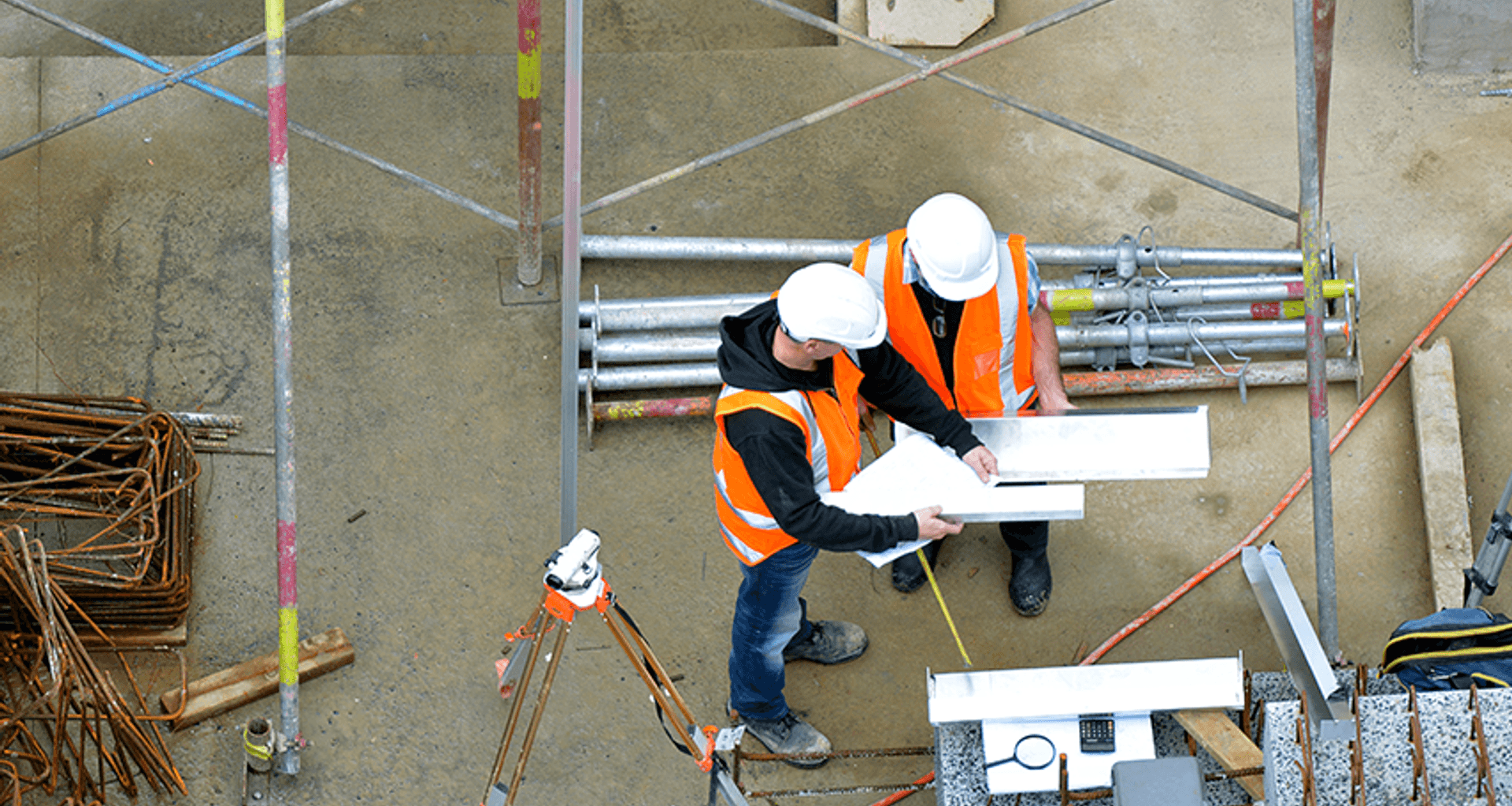Encouraging signs for the sector

We are only at the beginning of the second quarter of 2021, however the pace of progress on tackling some of the construction sector’s perennial problems, has been very encouraging, specifically investment into the areas of: workforce diversity, wellbeing of construction workers and contract risk mitigation.

Diversity stock-take of sector a New Zealand first
The Construction Sector Accord has a goal to build a sustainable workforce for the construction sector. An impediment to achieving the workforce growth that is required, is that the construction sector of today is underrepresented by women, who make up approximately 18 per cent of the construction related workforce. On a pragmatic level, it is difficult for a sector to grow its workforce when half of the population are disinclined to consider roles within it. In addition, Māori and Pasifika peoples are underrepresented in the skilled professions and at leadership level within construction.
An exciting first step to take on the significant challenge of correcting longstanding underrepresentation issues within the construction sector, is the April 2021 announcement that the Construction Sector Accord is partnering with Diversity Works on a major initiative. The initial work will involve the undertaking of a stocktake to understand what programmes and initiatives currently exist within the sector. According to Diversity Works CEO, Maretha Smit, “this will be the first time [in New Zealand] that in-depth research is being conducted on diversity and inclusion practices across a whole sector”.

Wellbeing investment
Two investment announcements have been made in the area of construction sector wellbeing over recent months. One investment is designed to develop new interventions to lower construction site injuries, while the other funding announcement will expand an existing intervention that has proved to be very effective in reducing suicide rates within construction.
On the former, ACC has entered into a five-year partnership with Construction Health and Safety New Zealand (CHASNZ), allowing for an increase in efforts across health and safety promotion and protection initiatives. The expectation is that the outcome of the ACC investment, will be a reduction in the levels of occupational illness and injury that are currently present in the construction sector.
On the latter, the good works of Mates in Construction has been acknowledged via funding from the Construction Sector Accord. The funding will allow Mates in Construction to increase the number of field officers and case managers on the ground and to enable mental health and suicide prevention programmes to be delivered to sites across the country. This will lead to a significant expansion of its current field of operations.

Reducing contract risk
A 2019 study commissioned by Treasury explored the usage of the New Zealand Standard (NZS3910) that is widely used by both the government and private sectors to engage contractors for both vertical and horizontal construction projects. The report authors engaged widely with sector and found that in the sector’s view, the burgeoning practice of clients adding additional clauses (which were primarily designed to transfer risk such as unresolved design or groundworks assumptions onto a main contractor) into the standard NZS3910 document, needed to be addressed. Risk transfer has been identified as a significant contributor to the financial stresses and/or failures that a number of main contractors have been subjected to in recent years.
Those company failures led to the creation of the government-sector entity, Construction Sector Accord, with transparency on the value and allocation of risk being a focus. An outcome is that NZS3910 has been through a Standards New Zealand review that was commissioned and underwritten by the New Zealand Construction Industry Council (NZCIC). As Commissioner of the review, the NZCIC picked-up part of the review costs, while facilitating a substantive contribution to be provided by six government agencies, thus reflecting a true government-sector collaboration. The next step is for Standards NZ to be commissioned (likely by NZCIC again) to undertake both an interim and full review of NZS3910 that will ultimately lead to a fairer contract by which the construction sector is engaged to build New Zealand’s commercial and infrastructure assets.
In all, the above examples paint a picture of government-sector collaboration, all of which will lead to construction becoming: a more attractive career option for non-traditional demographics to consider entering; a creator of work environments in which worker wellbeing is a core focus; and a sector in which project risk exposure for companies that operate within it, is fairly dealt with. Still in its infancy, 2021 has the makings of being a tipping-point year for the construction sector.
Malcolm Fleming
Chief Executive NZIOB & Deputy Chair NZCIC
